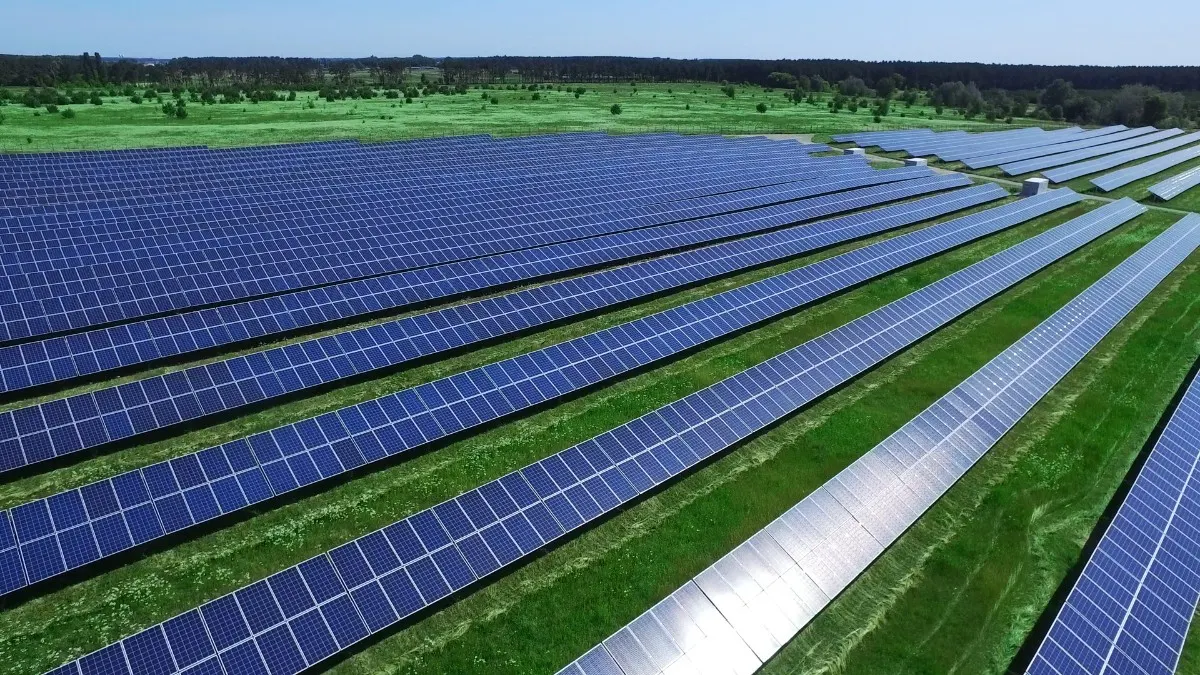Hungary is gearing up for a green energy revolution, with solar power leading the charge. Last year, the country exceeded 1 gigawatt in annual solar expansion for the first time, and 2022 has shattered records with a growth rate surpassing one and a half times that figure. The solar landscape now boasts nearly 5,600 megawatts of capacity, with industrial and residential installations contributing significantly.
Incentivizing Energy Storage for a Greener Tomorrow
In an effort to hasten the transition to sustainable energy, the Ministry of Energy is urging domestic businesses to set up and run energy storage facilities. A significant budget of HUF 62 billion (EUR 162 million) will support a call for applications that will open in mid-January. Selected candidates will receive income compensation and non-repayable investment awards.
There are plans to combine tender support with tariff rebates in an effort to boost growth even more. Operators will not be required to pay the transmission portion of system charges until 2026, which will save them a significant amount of money—nearly 10 forints per kilowatt hour. Furthermore, industrial investors will see a halving of connection fees, which will improve the climate for new storage facilities.
Regulatory Evolution for Wind Energy
Hungary's wind energy regulation landscape will see substantial changes beginning in 2024. Enforcing safety distances will no longer require tendering, with a reduction to 700 meters in line with European regulations. There will be strong safeguards in place to protect towns, the environment, farms, and landscapes, along with the lifting of restrictions on the issuing of official permits and fully authorized power. By 2030, 330 MW of wind power will have tripled, according to the National Energy and Climate Plan.
In terms of heating using geothermal energy, Hungary has always ranked in the top five nations in Europe. The opening of the biggest geothermal heating system in the European Union in Szeged is one of the notable accomplishments. Geothermal heat has the capacity to replace up to 1-1.5 billion cubic meters of gas yearly, and it serves Győr, Miskolc, and Szentes particularly well.
Hungary's Vision for a Green Energy Pioneer
The goal of the Hungarian government is to establish the nation as a leader in the generation and storage of renewable energy. The Ministry of Energy is keeping an eye out for fresh chances to implement cutting-edge, carbon-free solutions widely, securing Hungary's leadership position in the international green energy movement. We are well on our way to a sustainable future.
What are the other renewable energy sources in Hungary?
In addition to solar energy, Hungary has access to geothermal, wind, biomass, hydropower, and biogas energy sources. The following are some details concerning these sources:
- Wind power: With a 329 MW overall wind generating capacity, Hungary has not allowed any new installations since 2010. By 2030, the government intends to treble wind power capacity and lower the safety distance for wind turbines to 700 meters.
- Geothermal energy: Hungary is one of the top five European nations when it comes to heating using geothermal energy. Szeged boasts the largest geothermal heating system in the European Union. The renewable energy source has the potential to replace up to 1.5 billion cubic meters of gas every year.
- Hydroelectricity: Hungary's location in the Carpathian basin limits its access to hydroelectricity. With a 28 MW capacity, the Kisköre Dam is the largest hydroelectric plant.
- Biomass and biogas: With 46.4% of all renewable energy coming from biomass in 2016, biomass is Hungary's greatest source of energy. Biogas made up the remaining 10.4%. Animal manure, urban garbage, and agricultural and forestry wastes provide the majority of the biomass and biogas.
